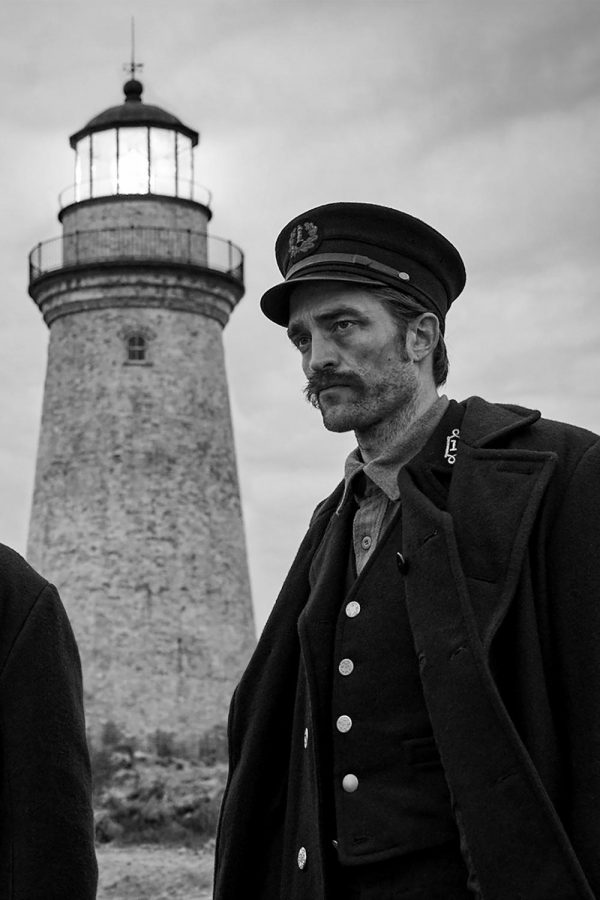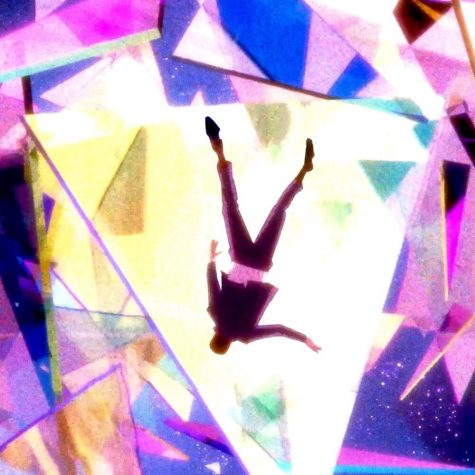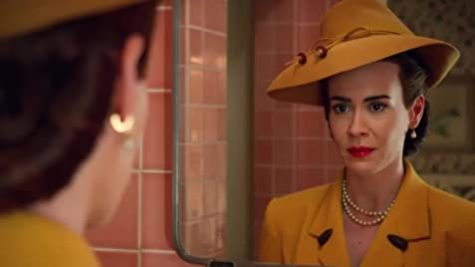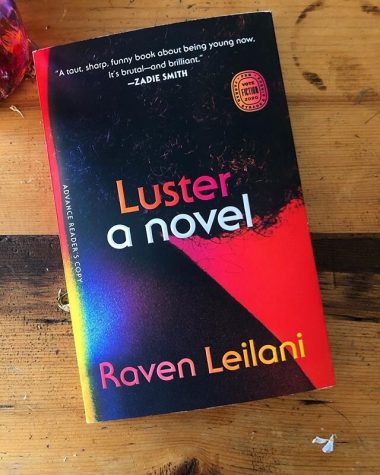The Maddeningly Mystical Genius of “The Lighthouse”
November 6, 2019
Editor’s note: Spoiler warning.
When someone told me the best movie of the year was a 35mm black-and-white film detailing the complicated relationship of two men in a lighthouse, I thought they were joking. Little did I know, “The Lighthouse” would deliver.
The film centers around two characters — the only people in the entire film: Ephraim Winslow (real name Thomas Howard, as he reveals), played by Robert Pattinson and Thomas Wake, played by Willem Dafoe.
Howard is sent to serve as a wickie (lighthouse keeper) for a lighthouse for four weeks off the coast of New England, supervised by Wake. The plot revolves around Wake’s seemingly mystical connection with the bulb in the lighthouse, which transfixes Howard. Over the course of the film, Howard loses his focus and sanity, leaving him malleable to Wake’s mental manipulation.
The dichotomy of their relationship serves as the primary focus of the film. Feelings of isolation, wariness and inadequacy reign frequent in Pattinson’s and Dafoe’s correspondence throughout. This derives from the power dynamic between Dafoe and Pattinson.
Wake relies on the “Captain Ahab” character trope (circa “Moby-Dick”) throughout the whole movie, sprinkling his dialogue with stories of the high seas and military experience. Wake’s position gives him authority over Howard, and this is where the seeds of conflict are planted.
As Howard becomes more frustrated with his little capacity for power, his mental health crumbles. This is set off when Howard murders a lingering bird that bothers him during his duties. Wake warns Howard that killing a seagull is bad luck and that it is the soul of dead sailors reincarnated.
Howard’s trek towards insanity continues when he finds a mermaid relic in his mattress. This relic begins to consume him and later in the film we see him violently masturbate to the figure multiple times.
This mermaid serves as the personification of Howard’s slipping mental state, as throughout the film, we see his visions of having sex with the mermaid.
This surrealism surrounding aquatic folklore is the backbone of the whole movie. The audience is left unsure: Is Howard truly descending into madness, or are there actually mythic aspects to the lighthouse and Thomas Wake?
As the film continues, the toxic nature of Wake and Howard’s relationship develops. Their stay in the lighthouse is extended when a vicious storm hits and the ferry to take Howard home never arrives.
Drinking is one of the more notable aspects of the film. Wake keeps Howard in a constant state of inebriation, making Howard easier to influence. The film grows increasingly hectic as Howard and Wake continue to drink themselves into insanity, with their relationship almost reaching the brink of a romance. They almost develop an “older married couple” connection. For example, Howard complains to Wake that he didn’t like his cooking, which upsets Wake. Later, when Wake shows that his feelings were truly hurt, Howard caves and admits he wasn’t serious.
The moment where the movie begins to flip itself upside down is the jarring confession from Howard, in which he admits that he has been using the identity of a man he had inadvertently killed in his previous employment, and that he had been running from his dark past by becoming a wickie in the first place. This triggers Howard to try to leave the island in an emergency boat, which is eventually destroyed at the hand of the ax-wielding Wade. This is when Howard’s delusion reaches the surface of reality, and he is confronted with the past he has been so mindful to avoid and repress.
Howard finds a book of his shortcomings written by Wake, including times his pay should have been docked and jobs he may have done wrong. He then confronts Wake, and they have a physical fight.
During this battle, Howard continues to see visions of Wake as a sea creature modeled after Poseidon. The end result of this bout is an axe in Wake’s head.
Now, Howard finally has the opportunity to visit the lighthouse roof that he wondered about throughout the whole movie.
When Howard finally reaches the lighthouse and sees the beam, he is instantly consumed by it and sent rolling down the stairs. In the final scene of the film, we see seagulls eating his lifeless corpse.
This film is mostly up to interpretation. It’s genius. Viewers have no idea whose perspective to believe. When everyone’s losing their minds, who can you trust?












If you want a picture to show with your comment, go get a gravatar.